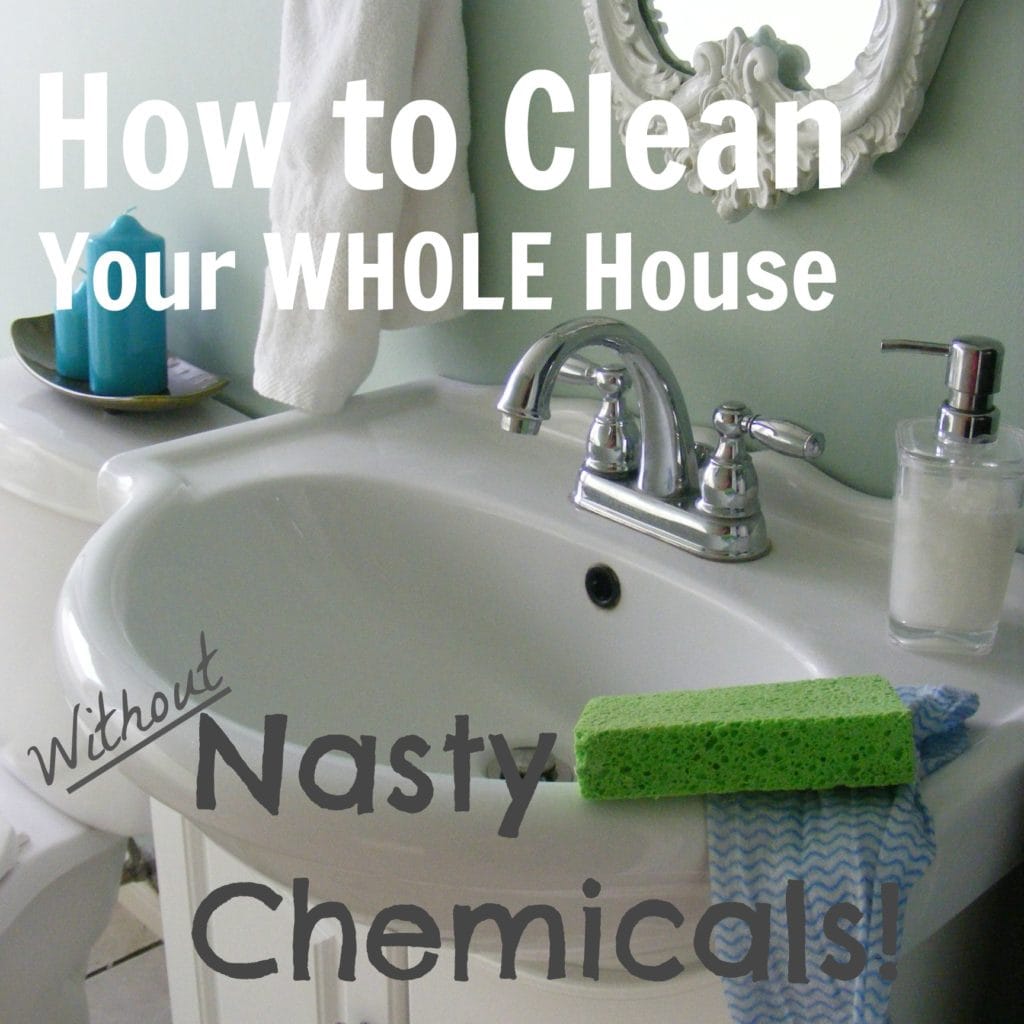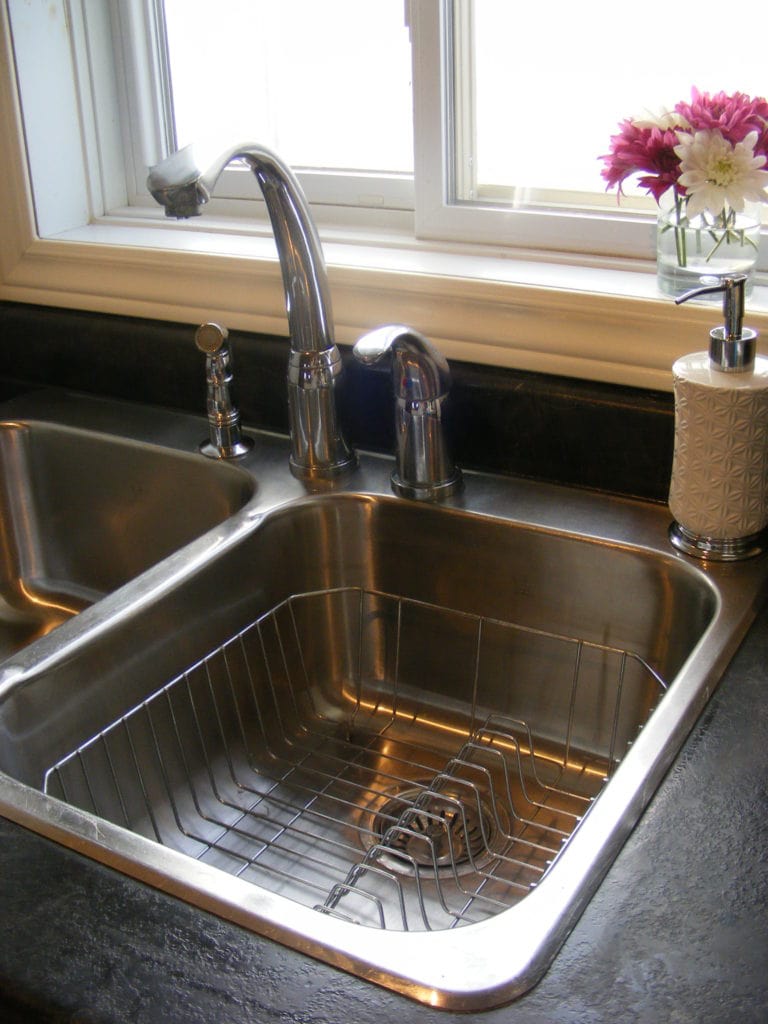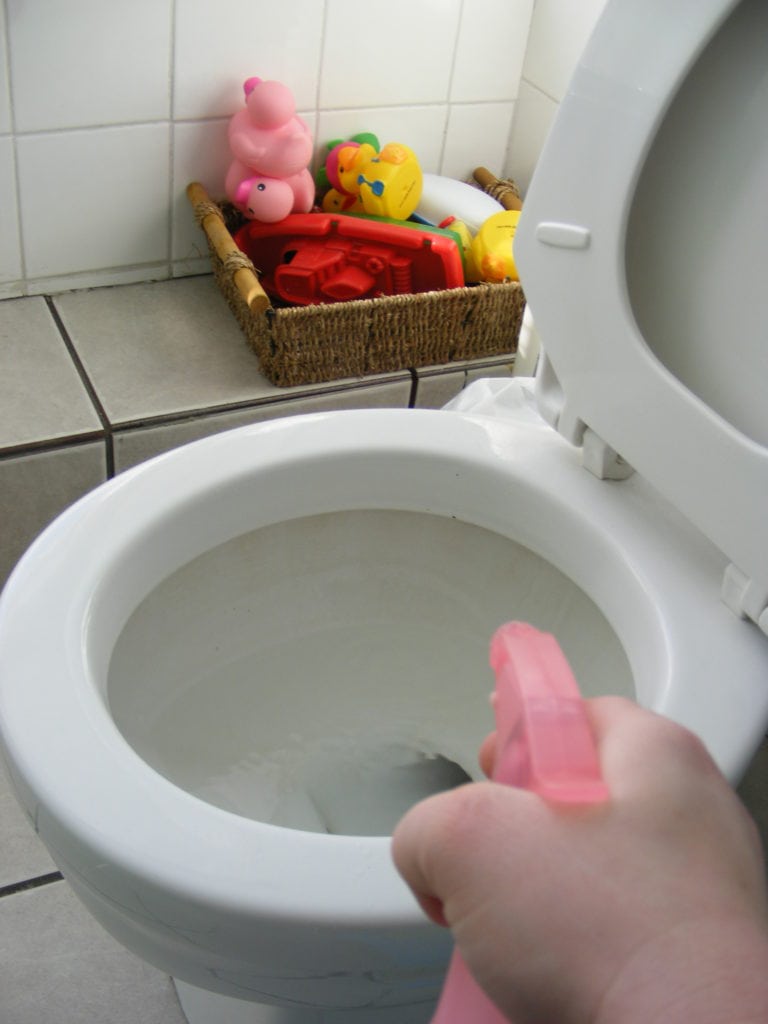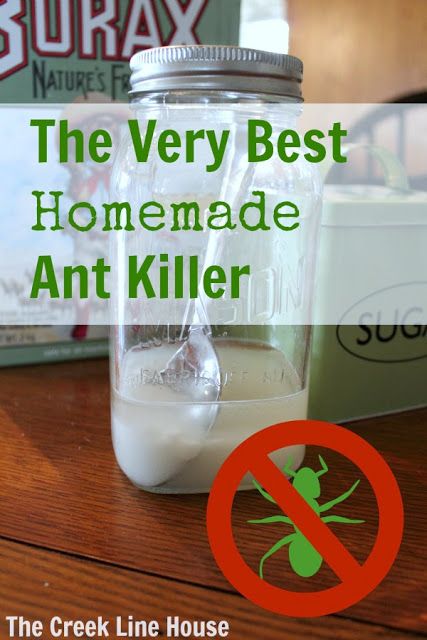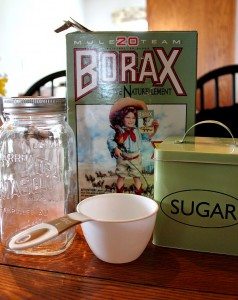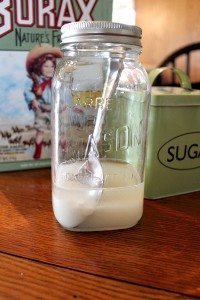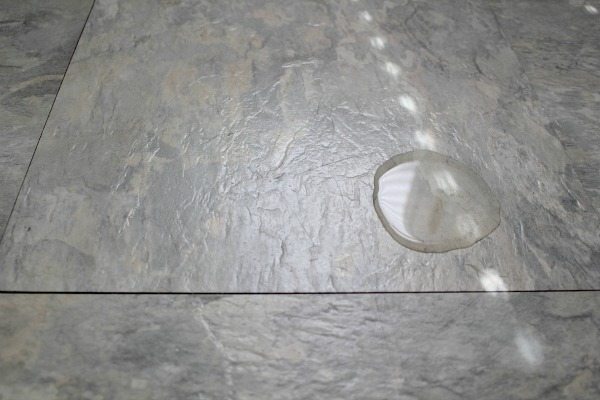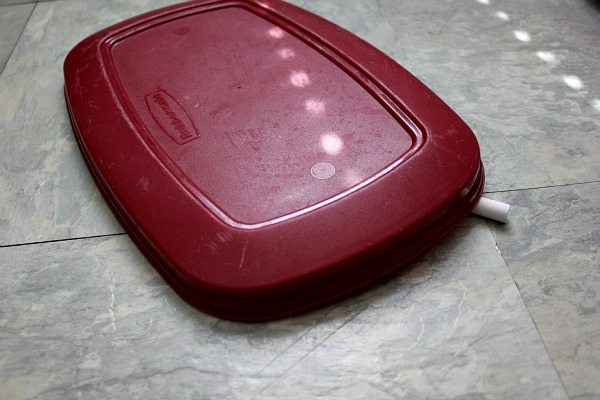I'm about to get as girly as this blog has ever been, guys, so fellas? Yes, you - I know you're out there! Yeah, look, unless you're a guy who likes reading about lady boobs and lingerie, you may want to skip this one. Although I promise to throw in some fun geeky bras every now and then, just to keep it interesting:

Handpainted Starfleet Uniform Bra, $35 from SceeneShoes
See?
Ok, so, the other night I was following a rabbit trail of web links - like you do - and I ended up on this fascinating Reddit forum about bras. And when I say "fascinating," I mean I stayed up until 3AM reading, because holy WOW how did I not know this stuff before?
You know how you always hear that something like 90% of women wear the wrong size bra? I'd heard that, too, but never thought much of it. Sure, my bra straps were constantly falling down and the wires were always jabbing me in the sides and I'd been convinced I was just shaped like a mutant for most of my life, but GOSH DARN IT I WAS ONE OF THE 10% GETTING IT RIGHT. Right?
Wrong.
Did you know that a bra's cup size changes with its band size? So a 34D's cup is a fraction of the size of a 40D's cup? This seems blindingly obvious now, but I promise you I HAD NO IDEA. I think I've just been programmed since my Barbie-playing days that D = ginormous boobs, so I never bothered to think beyond that.

"MARVEL-OUS in Black" Bra, $65 from MeganElizabeth31
More stuff I learned:
- There are something called "sister sizes," or bra sizes that hold equal amounts of mass. For example, a 34D is roughly equal to a 36C, in as far as how much boobage mass they will hold. Here's a handy visual guide of sister sizes, plus other band-to-bust ratios:
It took me about five solid minutes of staring at that graphic to make any sense of it, but once you get it, it's great info to have - especially if you're in-between band sizes like me.
- If you bend at the waist to adjust yourself with the "scoop & swoop" method, you can INSTANTLY become at least a full cup size bigger. (Hit that link for some impressive, NSFW before-and-after photos.) I tried this, and I can assure you: it totally works.
- There are generally two kinds of breast shapes: full-on-top and full-on-the-bottom. If you're full-on-the-bottom like me, you may have been fooled into thinking a bra's cup size was too large for you, simply because it gaped at the top like so:
NOT SO. Some bras are simply made to fit full-on-the-top ladies, while others fit full-on-the-bottom or both shapes. Head over to Bras I Hate for the whole post explaining the two shapes, plus plenty of helpful visuals like that one.
This next one is one of my favorite bits:
- A lot of armpit flab and folds are actually breast tissue being smashed upward by an ill-fitting bra. Ditto for back folds. So a properly fitted bra could actually eliminate some or all of your arm flab and back folds. (Great example in the 3rd set of photos here.)
Here's the most important take-away, though:
- The vast majority of women are wearing bras that are too big in the band size, and too small (by far) in the cup size.
So after reading this excellent and easy guide for measuring yourself, I decided to measure myself. (It's just two measurements - easy peasy.) Then I plugged in the numbers to the bra calculator she links to and did a quadruple take. Then I went back and measured myself again because there was NO WAY I was the size it claimed. Then I did the numbers manually, using the graph in the same post. Same results.
After the third measuring & calculating I finally gave up and decided to just go bra shopping. The proof is in the pudding, right? (Or in this case, the padding?)
Ok, so now let's get nitty-gritty, girls. LET'S TALK NUMBERS.
For the past few years I've been bumping up my band size, even though my weight has been the same. I could tell something wasn't fitting, what with the wires jabbing me and the gore* floating off my chest, but since I've never had much in the tracts of land department, I figured the band size was the only thing I could increase. So, I went from a 36B to all 38Bs.
[*Technical term! That's the bridge between cups at the front. See? I told you I learned stuff!]
Today I brought home 4 new bras that fit me just about perfectly. They're way more comfortable than my 38Bs, and they look about a million times better, too. Guess what size they are?
34D.
34 FREAKING D, you guys. And on some of those the cups are a smidge too small, but YOU try finding a 34DD at Ross or Marshall's. (The calculator actually tried to tell me I need a DDD, but since I'd have to order those online I think I'll start with these and reassess in a few months. According to the forum I might need a larger cup size then due to tissue migration, anyway.)
How did I go from a 38B to a 34D? Simple. I put the bra on, bent at the waist, and scooped and adjusted until everything was up front and in place. Then I stood upright and goggled at my new found acreage.
Believe it or not, I really was adjusting each time I suited up in my bras before - but not with the bending-at-the-waist, "scoop & swoop" method. That part is totally key. Turns out gravity is a powerful ally!
You're probably thinking I can't breathe in my new bras, or that they're tight enough to make a Victorian lady gasp. Nope! They're snug, sure, but I can easily fit several fingers under the band. I actually measure exactly 35 inches, so I have to wear the 34s on the last hook - but that's good! See, another thing I learned: you should always buy bras that fit on the *last* hook, so you have room to tighten them as they stretch out over time. Again, that seems so obvious now - so why wasn't I doing it before?!
(Because of the sister-sizes thing, I also picked up two 36C bras. They only fit on the tightest hooks, so they won't last as long as the 34Ds, but they're great for now.)
Another benefit of the smaller bands: there's not as much weight on my shoulder straps. I'm hoping that means the straps won't be falling down as much, although only time will tell.
Rapunzel Bra Top, $48 by ElectricAveCreations
(I'm not usually one for frilly bras, but seriously: How cute is this?)
Ok, ladies, so now it's your turn: Go measure yourself using this post as a guide. DO IT. Do it now!! Then go try on whatever bra size the post's calculator or graph tells you to.
When you first try the new size on, it will feel too tight in the band and too big in the cup. DON'T PANIC. Just bend and scoop, baby! YEAH! (Sorry. Austin Power's moment.) And don't be surprised if your cups runneth over once you straighten up again!
Believe it or not, I've only scratched the surface of bra anatomy, so you should really head over to that forum, A Bra That Fits, to explore and learn more for yourself. Check the sidebar for all the basics and more helpful guides like what I've listed here. Then go learn about tissue migration, shallow breasts, how to spot a proper fit, and all the rest! I'm telling you, there's at LEAST enough there to keep you reading 'til 3AM.





